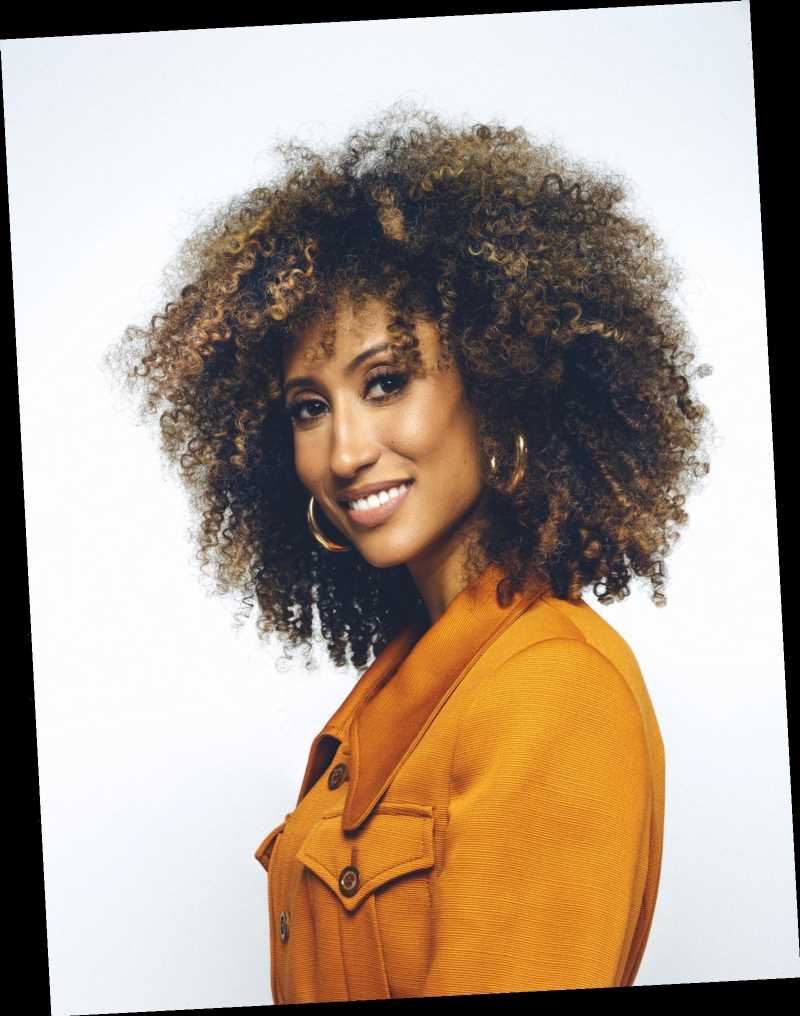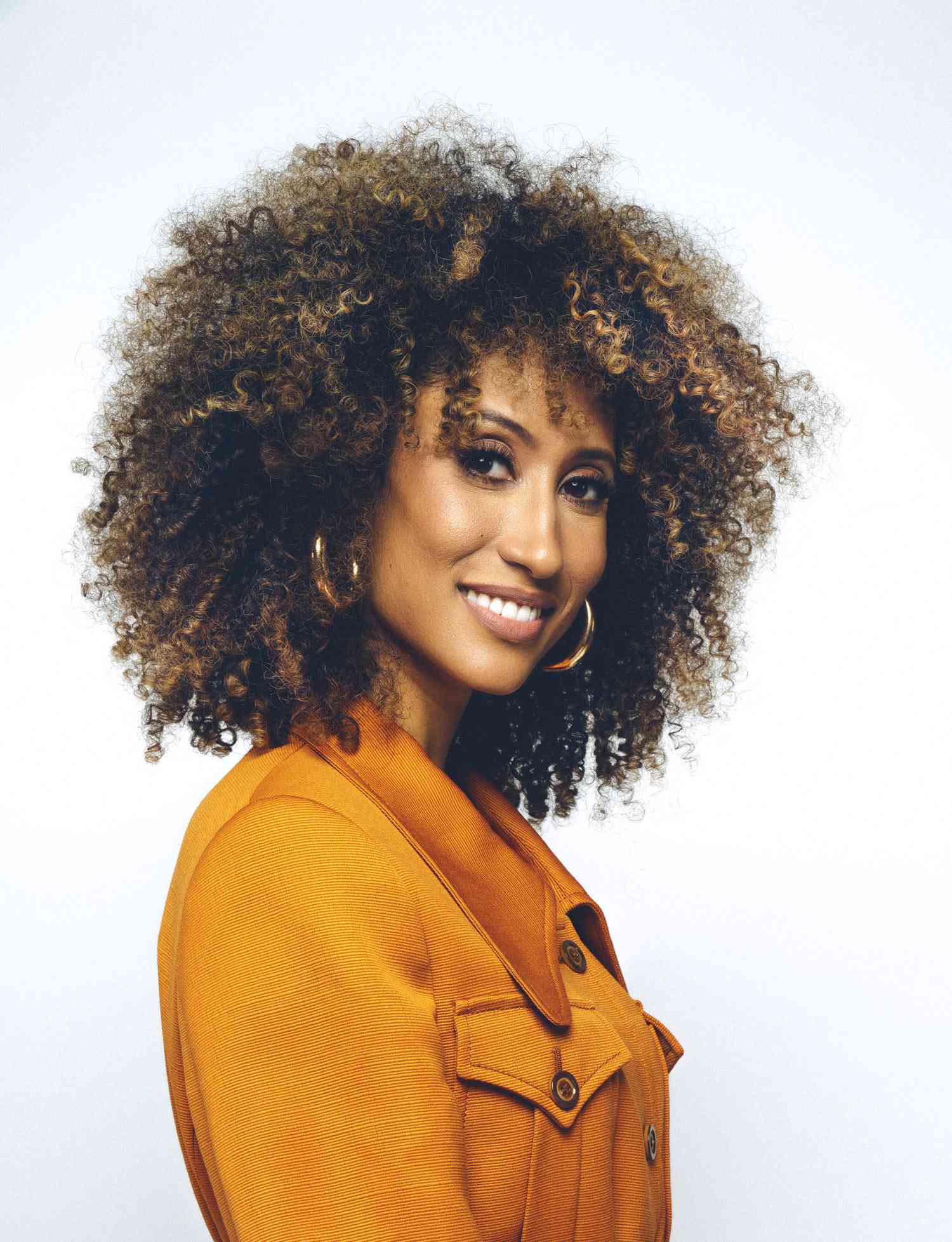The brainstorming began on Saturday and by Monday there was a website up and a whole social media campaign that had kicked off announcing The 15 Percent Pledge — a concrete call to action specifically directed at the retail community that demands a measurable commitment to long-term sustainable change.
Since Black people make up nearly 15 percent of the population in America, we are calling on major retailers to commit a minimum of 15 percent of their shelf space to Black-owned businesses and to increase representation across their company. The 15 Percent Pledge was built to call companies in to rethink their standard practices and to participate in an effort that will help funnel billions of dollars into the Black community. Our goal is to create a new normal and a new standard by which companies define their success because, without a measurable benchmark, there is no real accountability. And there is no justice without economic justice.
So far, we've had extraordinary momentum with major companies coming to the table. Within just 10 days of starting this non-profit advocacy organization, Sephora and Rent the Runway signed on. Shortly thereafter came West Elm and MedMen, and there are a number of other announcements that will be coming down the pipe soon.
The 15 Percent Pledge was birthed out of the urgency this moment created and this widespread desire to do something. But the issue of racial inequality is not new. It is systemic and because it impacts every part of our lives, dismantling these systems will require everyone’s participation from within their own sphere of influence.
Racial disparities are not unique to any one industry. Unfortunately, they span every industry in this country. Yet, in media and fashion, the impact is often more visible.
I started my career as a beauty editor at Ebony Magazine so my baseline for understanding how to do my job as a journalist and editor was first centered around elevating and celebrating Black beauty and culture. When I transitioned to Condé Nast, in essence, I was expected to center whiteness. What I recognized while working in mainstream media is that Eurocentric beauty standards are promoted and perpetuated, while Blackness or any acknowledgment of any cultural heritage outside of a white American archetype is presented as a deviation from the norm, as marginally important, but it was rarely centered. Even as diversity conversations picked up.
I saw that play out even at the highest ranks of the beauty industry. As an editor, who happened to be a mixed-race Black woman, I was expected to be an expert in writing about and talking about white beauty, yet legitimate beauty experts who had been in the field for as long as I had been alive, didn't know the first thing about how to talk about relevant topics related to Black beauty. It illuminated how deeply rooted white supremacy is in the way we talk about beauty and fashion in the media. It's so ingrained in the culture that it is subliminal.
I think it’s important for folks to recognize the insidious nature of racism. Whether you recognize it or not, racism permeates the workplace in subtle and unconscious ways every day. It shows up in well-intentioned interactions and almost every organizational decision. It's in the subtleties that you find microaggressions that are harder to pinpoint unless you are the subject of them.
When I realized that I had become “a first” when I was hired at Condé Nast in 2012, it only underscored how much more work we have to do in media. I also recognized that being a first comes with a unique responsibility. Although, it is never a job you sign up for.
There is the job you applied for and then you inevitably take on this diversity and inclusion imperative, which can feel tokenizing. I was asked about matters of diversity in almost every interview throughout my career, and every time I wondered, "Do you ask these questions of every white editor when they get these jobs?" I doubt it. Why is the mantle placed on Black executives or Black leadership to come in and solve the problem of diversity for an entire industry?
It's not our problem to solve, and it's not a problem we can solve on our own. It requires a complete dismantling of these systems in order to be rebuilt with inclusion at the center of the establishment.
You have to go beyond making a single Black hire, which is tokenizing, or appointing a Black photographer for the first time in your entire history or adding more Black models to the runaway or conveniently placing a Black person on your cover. It goes so much deeper than how runway shows or campaigns are cast. Those are all visible symptoms of a much deeper illness. And these cosmetic Band-Aids alone are not going to do. We need to push harder. We need to go deeper. We need new mandates, metrics and measurable change, from the top down.
I'm also working with When We All Vote, which is a non-partisan voting initiative founded by Michelle Obama that is focused on changing the culture of voting and increasing the vote among women, young people and people of color. Especially because these efforts are led by influential Black women that I've been inspired by for so long, I felt honored to be asked to step into the role of cultural ambassador. We've had to pivot a lot because there were a lot of in-person voter registration efforts that had to be reworked in a post-COVID world. But we’ve done things like virtual couch parties where we train people on how to get folks registered to vote via text. Through that one event, we texted more than 407,000 potential voters and more than 20,000 people completed their voter registrations.
One of the main reasons people in our country don't vote is because they think that the decisions made by people in government don't have any direct impact on their day-to-day lives—and that just couldn't be further from the truth. I think the most important lesson coming out of this moment is that we all really do have to be a part of creating the change we want to see. And it all starts with our vote.
To help combat systemic racism, consider learning from or donating to these organizations:
• Campaign Zero (joincampaignzero.org) which works to end police brutality in America through research-proven strategies.
• ColorofChange.org works to make the government more responsive to racial disparities.
• National Cares Mentoring Movement (caresmentoring.org) provides social and academic support to help Black youth succeed in college and beyond.
Source: Read Full Article


